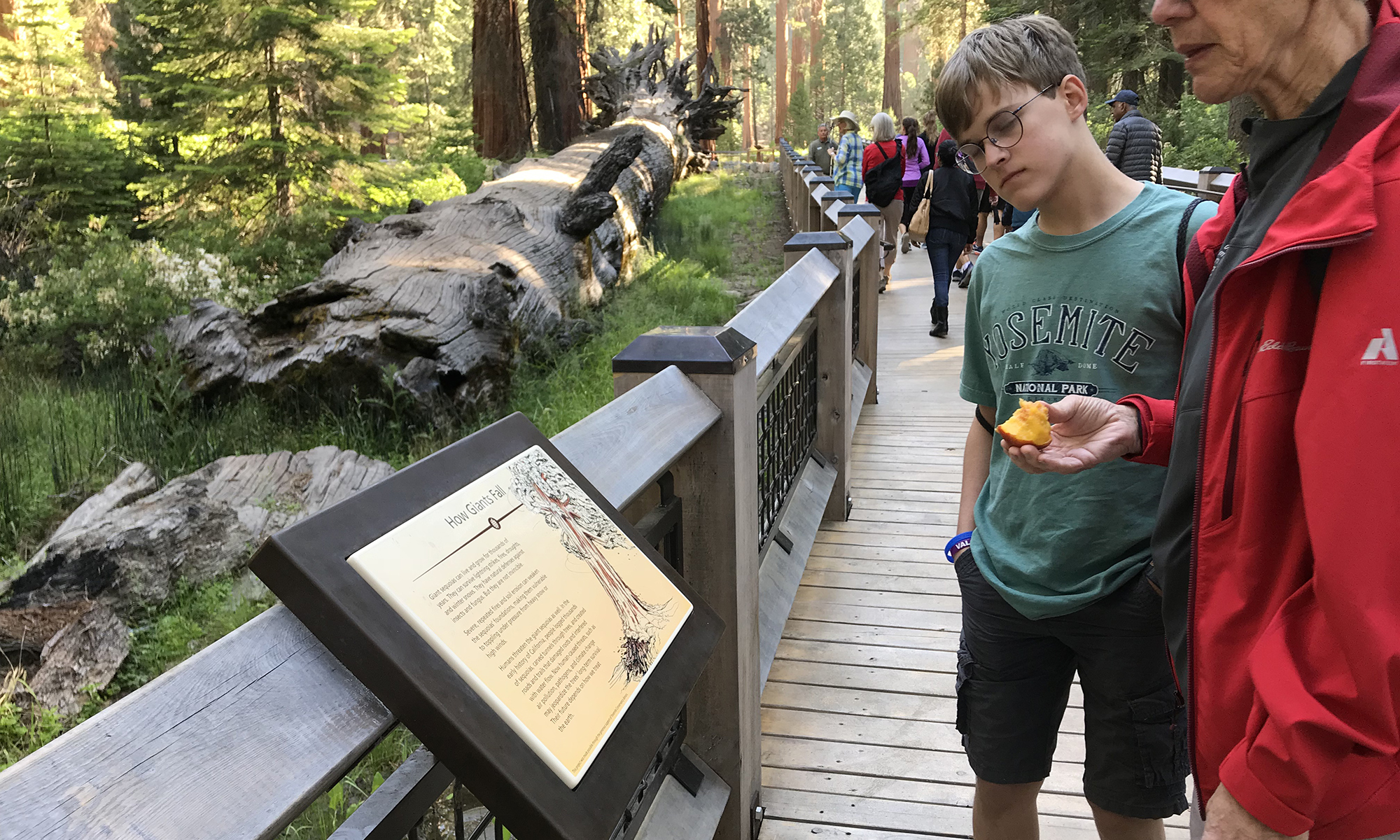
backstory while visitors soak up the atmosphere and the visuals.
Her paintings are included in the collections of many museums. Biographies have been written chronicling the details of her life and career. Opportunities to learn about the painter Georgia O’Keeffe and her art abound.
Visiting her home and studio — maintained just as she left them — adds another dimension. You can see for yourself how she lived, where she worked, and the little village she chose to make home — just fifteen miles from Ghost Ranch, where she also spent so much time hiking and painting.
O’Keeffe started visiting New Mexico in 1929 — after her artistic career was established — and it wasn’t until 1945 that she bought the property in Abiquiu. Already in her late 50s when she moved permanently to the area she is nevertheless indelibly linked to the landscape of the Southwest.
Simple and spare inside and out, filled with light and style, the house seems rooted to its spot at the edge of the mesa and its place in the history of the pueblo. The big New Mexico sky and landscape spill into the studio through the long plate glass windows that fill the north wall. What you realize is that her art was expressed in everything she did.

just visible beyond the garden.


beyond the Rio Chama. Towards the end of March when the acequias begin to run, the fields
will turn green. By the end of April the cottonwoods along the river will have leafed out.

below the house (left) and her beloved Cerro Pedernal (right). The dark-trunked cottonwoods
on the north side of the road mid-frame are also recognizable from one of O’Keefe’s paintings.
Watch the progress of the garden on the Abiquiu webcam.
Find out more about Georgia O’Keeffe.


